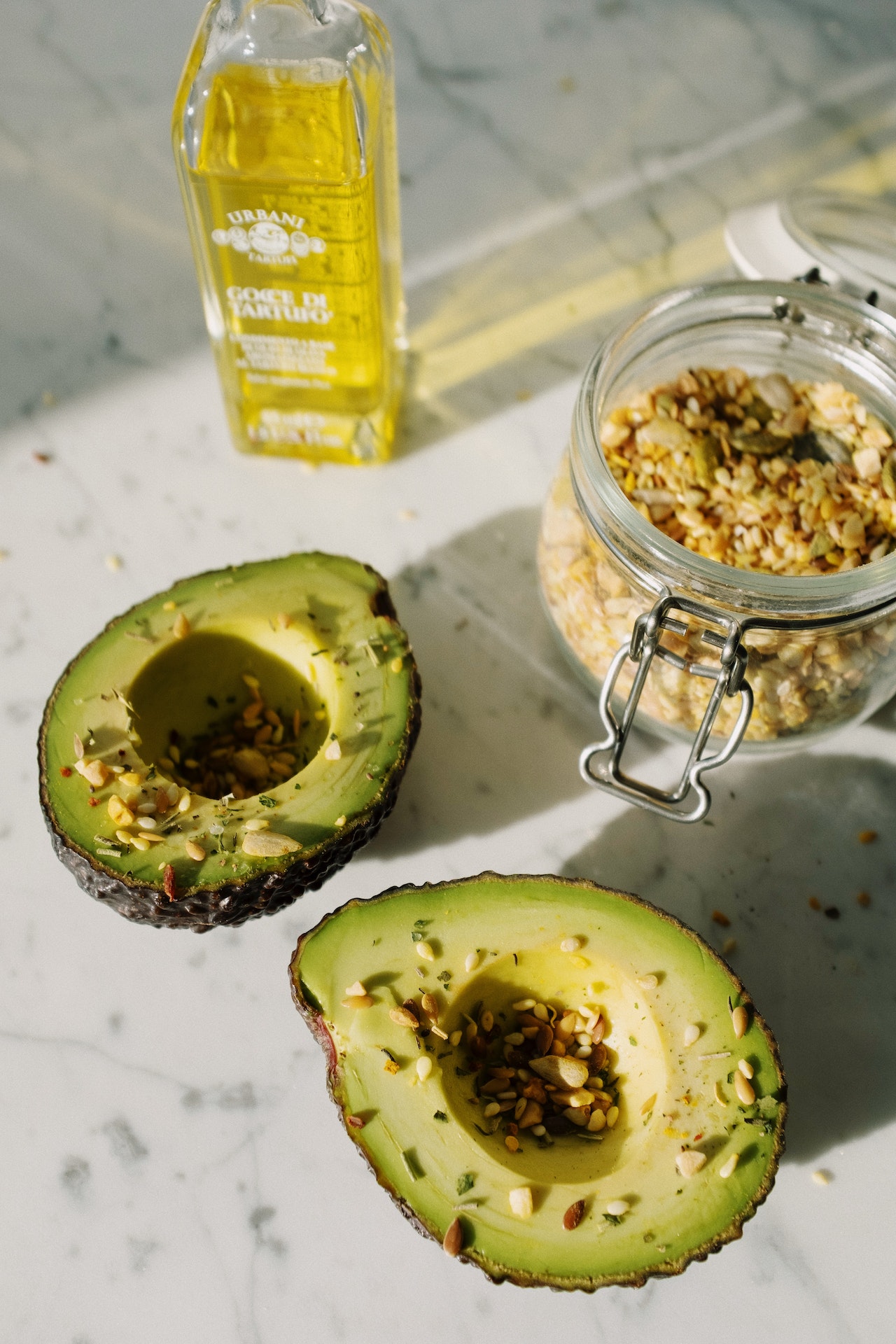As adults, we’ve all heard the adage “breakfast is crucial. A healthy breakfast keeps you motivated all day” a million times. But even if we know that eating a large bowl of sugary, fluffy chocolate puffs or a bowl of overly-sweetened oatmeal isn’t the best option when the weather turns chilly, the little kid in us will always seek something warm, sweet, and delicious. Enter grain bowls for breakfast.
Sweet foods don’t necessarily have to be unhealthy. As long as you pick the correct sweet sources and a whole-grain base full of nutrients, adding healthy, sweet items to your breakfasts can be pleasant to both your mind and body. To inspire your creativity, we’ve come up with some of our favorite warm and sweet breakfast bowl combos.
Step-by-step Instructions For Warm And Healthy Breakfast Grain Bowls
1. The Full-grain Base
We enjoy using whole oats or a combination of whole oats, chia seeds, and quinoa on a warm, nutritious whole-grain basis (sometimes with a little bit of millet or buckwheat thrown in). As a general rule, each bowl should contain 1/3 cup of oats, 1/4 cup of quinoa, and one tablespoon of chia. We use 1 1/2 cups of liquid for every cup of grains, with a small amount of olive or coconut oil (approximately one tablespoon for every 2 cups of grains), and we may modify the amount of liquid if you prefer your grains to be looser or lumpier by adding more or less. (They both taste good.) You can prepare your grains in a rice cooker, but heating the grains on the stovetop is also an amazing option.
2. Culinary Liquid
A variety of liquids, including water, milk, almond milk, apple juice, and steeped tea, can be used to cook grains. Select a liquid (or a mixture of liquids) whose flavor you like. We prefer a mixture of water and almond milk since it goes well with the other things we add to the grain bowl, although oats cooked in Earl Grey tea are also excellent!
When it comes to texture, there is no such thing as the “ideal” grain bowl; some people prefer their grains to be very soft or mushy, while others prefer them to be al dente. Try different grains in your kitchen, and rely on your instincts and preferences. Add more liquid to loosen the grains if they become too lumpy. If the grains are too loose, you may firm them up by adding additional grains and cooking them for a little while longer, or you can toss in a spoonful of almond butter.
3. Add-ons
According to the recipes shown below, you should add 1/2 to 1 tablespoon of heart-healthy fat to your grains. These extras not only make the dish tastier but also aid in the body’s assimilation of the breakfast’s nutrients. Avoid skipping the good fats!
The recommendations below are for a single breakfast dish, but using the straightforward quantities listed, you may scale them for a large group:
● Coconut + Goji + Date + Rose
● Pear + Cardamom + Raisin
● Apple + Pumpkin + Pecan + Cinnamon

